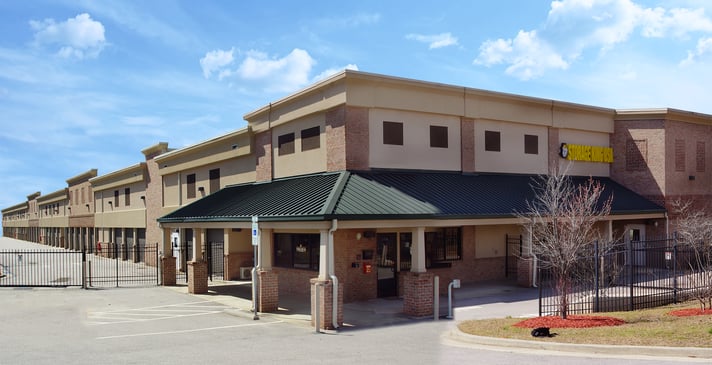As property in high-demand areas become scarce and the desire for prominent, customer-convenient locations increase, rezoning property for self-storage use has become an increasingly popular topic.
Though it may seem ideal to just claim a site that is already properly zoned to jump start building your new facility, what if you really had your eyes set on a prized parcel of land (great traffic, demographics, visibility and access) only it’s not zoned for self-storage development? How do you go about having it rezoned? What all is involved? Is it worth the time and effort?
Cutting Through the Red Tape
I would be lying if I said having a property rezoned for self-storage came with a 100% success rate; however, as self-storage has evolved into more architecturally pleasing designs and demand for convenience continues to rise, more and more rezoning requests for self storage are being approved when presented properly. Start by taking a look at the current zoning and regulations to determine what may be required for developing a self-storage facility in the area. This information can typically be found online or at the city hall or you can look at hiring a zoning consultant who's familiar with the area's requirements and process.

Each town will have a group of individuals ultimately responsible for approving or disapproving the rezoning of a property but the process often entails several steps, which can include a formal submission of the plan, a meeting with the neighbors, meeting with a development-review committee, then moving to a planning and zoning public hearing. While some jurisdictions may only need a majority vote of the planning board, others may require a majority vote plus a final hearing at city council or county commission.
Similar to walking into a job interview, doing your homework is vitally important. If you know what they are looking for and what their regulations and concerns are beforehand, you will have a greater chance of easing those concerns and helping them see the vision of your new facility and the many ways it will benefit the community.
Self-storage is no longer used to just store junk or for temporarily storing household items. Customers see value in having secure spaces for storing recreational toys, vehicles, heirlooms and collectibles to declutter their homes and yards. In addition, storage facilities across the world are seeing an increase in businesses taking advantage of self-storage from storing important business files, project materials, and excess inventory to utilizing meeting spaces, free workstations with Wi-Fi, and other services.
The Endless Design Possibilities
For those less familiar with the storage industry, when they hear “self-storage” they think of the term in the traditional sense of a mini warehouse or having an industrial appearance, often associated with drugs, crime, people living in units, low value, etc. However, today’s self-storage facilities are not only capable of presenting a modern aesthetically pleasing exterior, but also offer a much higher level of security.
It’s important to paint a clear picture of what you plan to build and provide a detailed presentation with full color renderings to highlight site and building layout with architectural elements suitable to the area, sufficient parking, water detention plan, security, and certainly don’t forget to include lush landscaping. Focus heavily on the beneficial aspects of self-storage to help combat the stigma of the industry.
The direction and notes you take away from your initial meeting will benefit you in preparing for your final presentation to the zoning board.
The Final Call
Foreseeing that the introductory meeting shows promise and your plan continues to progress, the final meeting with the zoning board is the essential last step to rezoning your desired site. Any meetings between the introduction meeting and the final meeting will help you prepare your final presentation. Don’t be intimidated about bringing in professionals such as architects, civil engineers, or an experienced real estate attorney that has helped past clients through the rezoning process.
These resources can help you in providing site plans, the preliminary drawings of the facility and help answer any questions the board may have about the design and layout, traffic flow, parking accommodations, and more. Having your council present shows that you are handling the request professionally and that you have done your homework.
Rezoning Opens Doors
Zoning isn’t set in stone and the dream of building a self-storage facility in a particular location doesn’t have to come to a crashing halt just because it isn’t currently zoned for your desired use. With a little elbow grease and the right resources, rezoning for self-storage is more possible today than ever.
Download your FREE eBook to learn more about the zoning process, the most common regulations to consider before pursuing a property, and other key topics for successful self-storage development.




